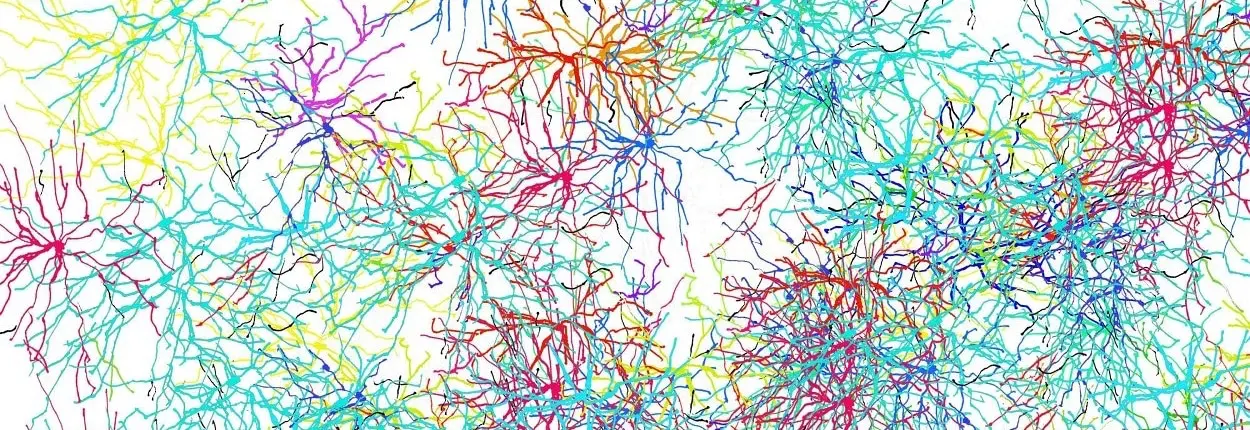Short definition of entities in the semantic sense
An entity in the semantic sense is the real-world equivalent of a term, a word, a name, perhaps even a search term on the Internet. Google knows, people like Marco Bonechi , Alpesh Gaglani , Liam Weiner, Prabhakar Raghavan and Nidhi Hebbar know.
Entity example: Olaf is Head of SEO in a German advertising agency.
Olaf = Named Entity >> “Head of SEO” is the real-world equivalent. There are many more attributes for Olaf, such as inhabitant of a city, business partner.
On the web, the strongest correlations of thematic aspects lead to rankings and citations in a given context.
For example, a term describes a person, a thing, an institution, an organization, a generic term, a phenomenon, or an action.
![The existence of a thing without regard to "what" it is [Latin: ens, gen. entis, "thing", actually: "the being"].](https://entities.johannesfaupel.com/wp-content/uploads/2022/05/entitaet-900-160.webp)
Entities define two types of distances in a network
1. Entities define thematic or functional proximity and thus affiliation.
2. Entities define distances to other persons, things, subjects.
An entity is in opposite to a nonentity:
- Someone
- Something
This “one” or “thing” is determined by the borders and connections to:
- People
- Relationships
- Definitions
All entities depend on given definitions and interpretations mankind found for “the someone” and “the something”.
Entities thus have a digital dimension (belonging/not belonging >> yes or no) as well as a multivalent dimension (contextual proximity or distance).
An entity can define a sharp belonging
A dog definitely belongs to the entity “quadruped”.
An entity can define contextual fuzzy proximity
A dog can belong to the entity “living being” or to the entity “robot.”
Why should we discuss entities?
Understanding the definition of “ens” brings us closer to the phenomenon of interaction and communication.
In other words:
- We can come to better understand who is interacting with whom.
- The understanding of the relationships between strong entities (persons) is mostly low.
- People do not understand why they react or act in a certain way.
- When we consider entities as the main things in a life, the understanding of verbal interaction increases.
BERT: Pre-training of Deep Bidirectional Transformers for Language Understanding
Keywords:
context, person, information, designate, certain, concrete, object, unambiguous, ens, abstract, usage, definition, relations, search engine optimization, example, meaning, term, types, informatics, thing, single, attribute, being
